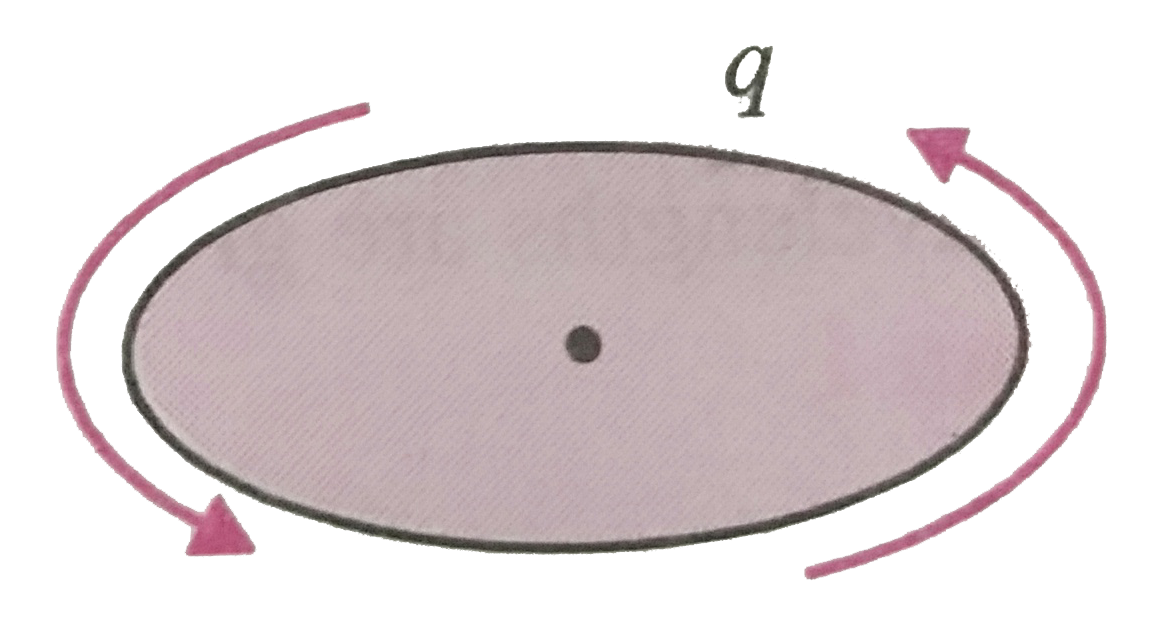A wave moving in a gas
must be longitudinal
may be longitudinal
must be transverse
may be transverse.
The correct Answer is:A
Step by step video, text & image solution for A wave moving in a gas by Physics experts to help you in doubts & scoring excellent marks in Class 11 exams.
Updated on:21/07/2023Topper's Solved these Questions
- WAVE MOTION AND WAVES ON A STRINGBOOK - HC VERMACHAPTER - WAVE MOTION AND WAVES ON A STRINGEXERCISE - Objective -2
1 Videos
- WAVE MOTION AND WAVES ON A STRINGBOOK - HC VERMACHAPTER - WAVE MOTION AND WAVES ON A STRINGEXERCISE - Exercises
57 Videos
- WAVE MOTION AND WAVES ON A STRINGBOOK - HC VERMACHAPTER - WAVE MOTION AND WAVES ON A STRINGEXERCISE - Objective 1
22 Videos
- THE FORCESBOOK - HC VERMACHAPTER - THE FORCESEXERCISE - Exercises
12 Videos
- WORK AND ENERGYBOOK - HC VERMACHAPTER - WORK AND ENERGYEXERCISE - Exercises
64 Videos
Similar Questions
Two identical travelling waves, moving in the same direction are out of phase by π/2 rad. What is the amplitude of the resultant wave in terms of the common amplitude ym of the two combining waves?
View SolutionTwo identical traveling waves, moving in the same direction are out of phase by 0.70π rad. What is the amplitude of the resultant wave in terms of the common amplitude of the two combinag waves
View Solution
Knowledge Check
Assertion : The interference of two identical waves moving in same direction produces standing waves.
Reason : Various elements of standing waves do not remain in constant phase.AIf both assertion and reason are true and reason is the correct explanation of assertion.BIf both assertion and reason are true but reason is not the correct explanation of assertion.CIf assertion is true but reason is false.DIf both assertion and reason are false.The waves moving from a sitar to a listener in air are :
Alongitudinal progressiveBlongitudinal stationaryCtransverse progressiveDtransverse stationaryThe equation of a progressive wave moving in +ve X-direction is given by -
AY=Asin2π(Vtλ−X)BY=Asin(2π)λ(Vt−Xλ)CY=Asin(2π)λ(Vt−X)DY=Asin(2π)λ(X−Vt)
When the observer is at rest and the source moves with a supersonic speed, the resultant wave motion is a conical wave known as……………………wave.
View SolutionAssertion: A charge moving in a circular orbit can produce em wave.

Reason: The source of em wave should be in accelerted motion.
View SolutionTwo sound waves moves in the same direction in the same medium. The pressure amplitudes of the waves are equal but the wavelength of the first wave is double the second. Let the average power transmitted across a cross section by the first wave be P1 and that by the second wave be P2 then.
View SolutionTwo sound waves move in the same direction in the same medium. The pressure amplitudes of the waves are equal but the wavelength of the first wave is double the second. Let the average power transmitted across a cross-section by the first wave be P1 and that by the second wave be P2. Then
View SolutionMechanical wave (sound wave) in a gas is
View Solution
